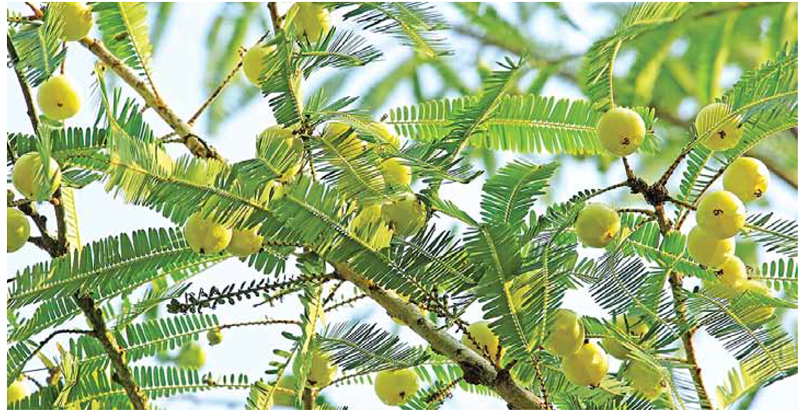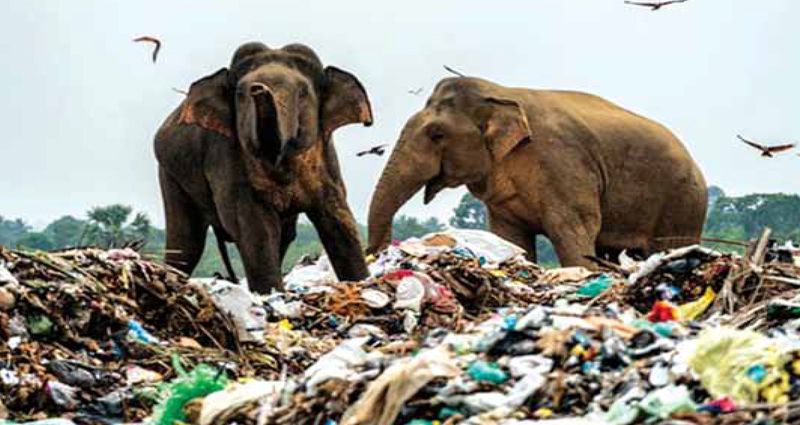
Tropospheric Pollution on The Rise
By Rama Bhardwaj
Despite being divided on the basis of caste, sex, gender, religion, race and nationality, if there’s one thing that binds us all together, dear readers, it’s planet Earth. Being our only home in the entire universe, we cannot afford to lose it. However, it has been clearly evident since the past century that we’ve been overusing it and over-exhausting our resources which has led to numerous problems, the most prevalent of them being tropospheric pollution which has further fueled the growth of acid rain, photochemical smog and climate change.
As Albert Einstein said, “Two things are infinite. The universe and human stupidity.”
Tropospheric pollution (a part of air pollution) refers to the addition of harmful and toxic wastes into the troposphere that may cause undesirable changes having a deteriorating effect on the plants and animals alike.
Caused by hazardous oxides of gases and particulate pollutants, tropospheric air pollutants consist of the following:
- Oxides of Carbon- Carbon monoxide (CO) is a colourless, odourless, and a highly poisonous gas. It is formed by the incomplete combustion of carbon, its major source being automobile exhaust. Since the haemoglobin in our blood binds with CO more than oxygen, it forms carboxyhaemoglobin which deprives the individual of oxygen. Oxygen deficiency leads to headache, weakness, and can even prove to be fatal. Another oxide of carbon, known by the name of carbon dioxide (CO2).It is primarily produced by burning of fossil fuels, volcanic eruptions, and respiration. Being a greenhouse gas it serves as one of the biggest contributors of global warming.
- If someone on a distant planet/star is watching through a telescope, can the person see me?
- Oxides of Sulphur- An oxide of sulphur known by the name sulphur dioxide (SO2 ) is produced by combustion of fossil fuels containing sulphur. It is responsible for causing several respiratory diseases such as bronchitis, emphysema, and asthma. Added to this, it causes irritation in the eyes, while high concentration of SO2 leads to stiffness in flower buds which ultimately causes them to fall off. Furthermore, it undergoes catalytic reaction to form SO3 which is a highly toxic gas causing vomiting, nausea, burning on the skin and in the eyes./li>
- Oxides of Nitrogen- Nitrogen oxide (NO) and nitrogen dioxide (NO2 ) are known as the oxides of nitrogen. These gases are produced by lighting and combustion of fossil fuels. They cause respiratory diseases, decrease oxygen transport efficiency in humans and degrade the condition of plants.
Earth absorbs about 75% of the solar energy of the sun and reflects 25% back. This heat is captured by the greenhouse gases which maintain the temperature of earth and keep it warm. However, due to excessive accumulation of these gases, namely carbon dioxide, methane, nitrous oxide, water vapour and chlorofluorocarbons, immoderate amount of radiation is trapped causing the average temperature to rise, leading to global warming. It therefore leads to the melting of polar ice caps, fueling chances of flooding in low-lying areas and increase of infectious diseases.
Another issue arising due to the gaseous toxins in the atmosphere is acid rain. The same acid rain, has given rise to the development of marble cancer in one of the seven wonders of the world, Taj Mahal. Rain is said to be acidic when its pH level falls below 5.6 due to the reaction of NO2 and SO2 with rain water. It can be stated as follows:
During the process, ammonium salts are also produced which occur in atmospheric haze (aerosol particles that settle with rain drops as wet deposition) while SO2 causes dry deposition. As far as one can talk about, acid rain has numerous ill-effects as it not only causes respiratory ailments in human beings but also dissolves nutrients for plant growth, this hinders their nutrition requirements which results in crop failure, affects aquatic ecosystem, corrodes water pipes, and damages buildings made of stone and metal.
Apart from the gaseous pollutants, several viable and non-viable particulate pollutants which are constituted of minute solid particles or liquid droplets present in air, smoke, dust, mist and fumes. Dust particles are always present in the air but become harmful when their size decreases to lower than 5μ as then it may enter the nasal cavity and if the size decreases to lower than 1μ, then they enter the lungs and lead to severe respiratory ailments.
Ever wondered why the morning in several big cities looks hazy? The burning of fossil fuels emits nitric oxide (NO) and nitrogen dioxide (NO2 ), in addition to natural emissions from volcanoes and forest fires (the areas with the highest concentrations of these pollutants in cities are the most significant areas). When exposed to ultraviolet radiation, NO2 goes through a complex series of reactions with hydrocarbons to produce the components of photochemical smog—a mixture of ozone, nitric acid, aldehydes, peroxyacyl nitrates (PANs) and other secondary pollutants. NO2 , ozone, and PAN are called photochemical oxidants because they can react and oxidize certain compounds that are not normally oxidized in the atmosphere or in the human lungs. Even small amounts of these chemicals can damage the respiratory tracts of humans and animals. This leads to a condition known as ‘photochemical smog’ which is prevalent in cities like Sydney, Los Angeles, and Delhi.
PAN and ozone are also known to be eye-irritants while NO and ozone can even lead to chest, headache and difficulty in breathing. Photochemical smog, like acid rain, can lead to corrosion of metals, painted surfaces, cause damage to plants while also lead to cracks in rubber. However, this can be greatly avoided by using catalysis converters in automobiles, to resist release of NO2 and hydrocarbons. Planting Pinus, Pyrus, and Vitis metabolize oxygen which can decrease photochemical smog.
As we discussed the fatal outcomes of our daily activities, how can we reduce them, how can a common citizen contribute towards bringing the situation under control? Following are some of the most effective ways:
- Reduction of usage of vehicles during the day time. Carpool can be used instead, while refueling of car can also be done during the evening time.
- Avoid usage of gas-powered lawn and garden equipment. Burning of leaves and other organic material should be avoided instead, they should be used as compost.
- Ask your energy supplier for a home audit and inquire about alternative energy solutions like solar or wind.
- Use a programmable thermostat and set it to 78o F in the summer and 680 F in winter.
- Proper maintenance of vehicle should be done and tyres should be kept properly inflated.
- Wastage of resources should be avoided as much as possible; ExampleUsing low-flow shower heads, and recycling and reusing of metals can be done
- Energy Star appliances should be used.
- Last but not the least, trees should be planted. They absorb UV-B rays and can sequester up to 2.5 to 48 pounds of CO2 per annum.
It’s high time that action must be taken, not only by the government but collectively by all the world citizens. The Earth will be on the brink of devastation by 2070 if the current levels of pollution do not drop
It is never too late to start till it’s too late to rectify past actions.




